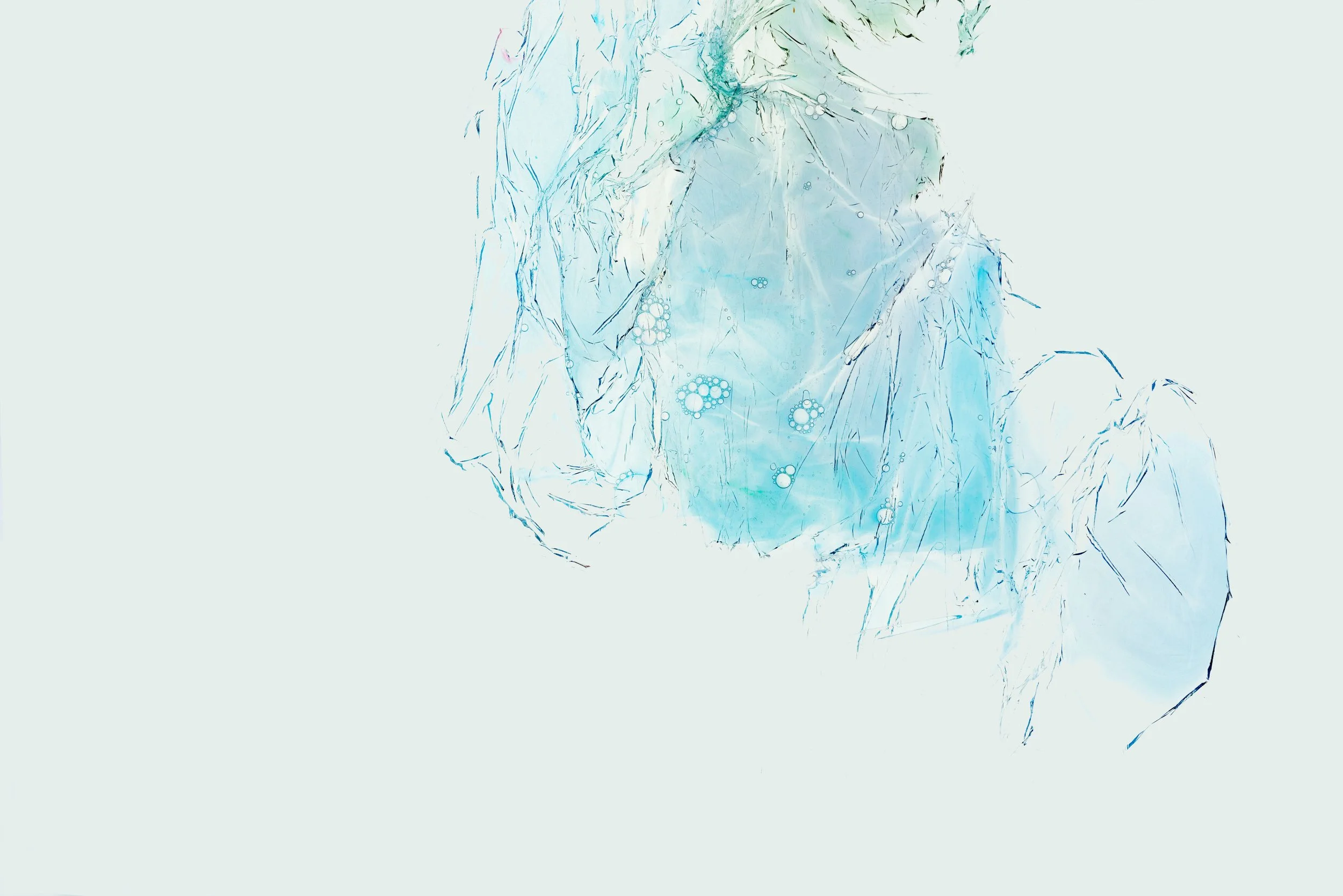On Technological Mandalas and Internet Sabbath
I was sharing a table at a coffee shop the other day and was absolutely shocked by the number of iPhone alerts the person sitting across the table from me received. The table vibrated with each one. Buzz, notification of an Instagram comment. Buzz, Twitter alert. Buzz, someone liked a run on Strava. Buzzzz, reminder that there are alerts waiting for you. I wondered silently if this was what it was like to be a telegraph operator.
I thought of my coffee shop companion when I recently read Pico Iyer’s Art of Stillness. As an antidote to the constant bombardment of technology, he proposes an idea worthy of consideration:
Many in Silicon Valley observe an ‘Internet Sabbath’ every week, during which they turn off most of their devices from, say, Friday night to Monday morning, if only to regather the sense of proportion and direction they’ll need for when they go back online...It is, as Abraham Joshua Heschel, the great Jewish theologian of the last century, had it, ‘a cathedral in time rather than in space’; the one day a week we take off becomes a vast empty space through which we can wander, without agenda, as through the light-filled passageways of Notre Dame. (source)
A “cathedral in time” -- what a lovely notion.
The artist Leonardo Ulian explores the intersection of religion and technology in his series of ‘technological mandalas’ that invoke questions around the concept of worship, connectedness and technology. His work has been called “equal parts spiritualization and contemporary critique.” He uses a spiritual construct to invoke a deeper think about our relationship with our devices.
Leonardo Ulian’s Technological mandala 131 – Blooming mind (source)
Electronic components, copper wire, acrylic paint, varnish, paper, wood frame, 240 cm x 146 cm x 4,5 cm, 2018
Leonardo Ulian’s Technological mandala 53 – Vortex (source)
OKElectronic components, copper wire, paper, wood frame, 102 cm x 102 cm, 2015
Ulian’s art is a success in that it invites pause. In some spiritual traditions, the mandala is used as an aid in meditation and here the viewer is offered an opportunity to contemplate her relationship to the aggregate of these pieces of metal and glass. As disparate elements, authority is conferred to the viewer.
The artist says:
We live in a society that worships electronic technology,” he states “both for necessity but also because it makes us feel better, not unlike its own new form of fashionable spirituality.(source)
That it “makes us feel better” rubs with both a condescending tone and an essential undeniability. We are bombarded with information, but we are also actively plunging into our technology as means of escape. The reflexive reach for the cell phone as antidote for social discomfort, loneliness, boredom -- the list goes on -- is so pervasive and mundane that it’s hardly necessary to reference as an example.
We can’t get enough and we can’t get away.
The idea of a day of rest from the internet is worthy of consideration. But, I’d argue that a more important task is a broader think about what exactly it is we want technology to do for us and whether or not our current approach is getting us where we want to go.
Wired magazine founder, Kevin Kelly, has plumbed the depths of those questions. Speaking of the early days of the internet, he says that:
“Cold silicon chips, long metal wires, and complicated high-voltage gear were nurturing our best efforts as humans. Once I noticed how online computers stirred the muses and multiplied possibilities, I realized that other technologies, such as automobiles, chain saws, biochemistry, and yes, even television, did the same in slightly different ways. For me, this gave a very different face to technology.” (source)
But from his position “on the cusp of technological adoption,” and even as he attests to the extraordinary connective and personal power of being online, Kelly says “I continue to keep the cornucopia of technology at arm’s length so that I can more easily remember who I am.” He has no cell phone, he isn’t on Twitter and he raised his children without television.
Sabbath is a start; an overhaul of the terms of engagement is an option. A “cathedral in time” offers respite to the weary, but refurbishing our relationship with technology invites calmer passage.
___
Listen to Pico Iyer on On Being here, read an excerpt of Kevin Kelly’s book “What Technology Wants” here, and see more of Leonardo Ulian’s art here.
Cover image is Leonardo Ulian’s Technological mandala 18 (source).








